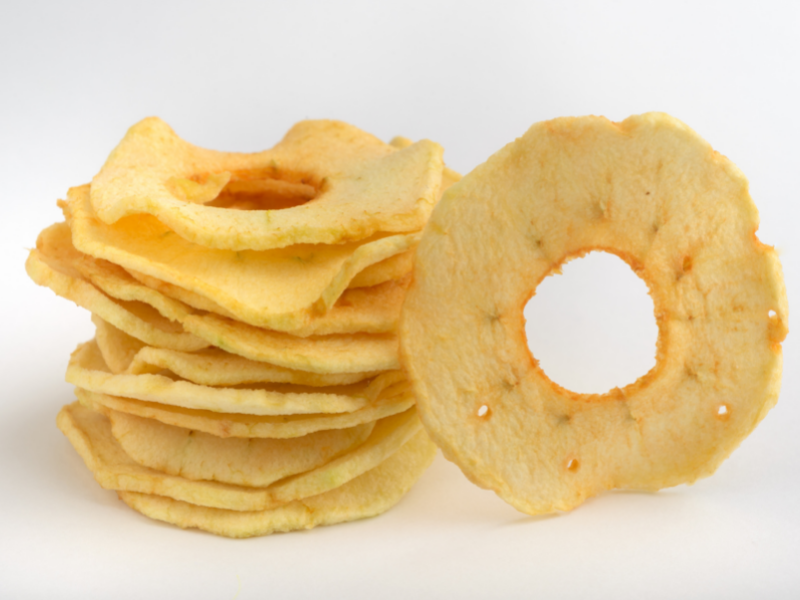A dehydrator is an excellent investment for those who want to experiment with the art of making dried fruit and vegetables at home.
However, if you don’t have one, there are still ways to enjoy dried apples without all the hassle.
Drying fruit and vegetables is a great way to preserve your harvest for later use. Unfortunately, not everyone has the space or the budget for a dehydrator, which can be an expensive investment.
The good news is that there are still ways to dry produce at home without special equipment! This article will quickly show you how to dry your favorite fruit without any fancy equipment!
Dehydrate Apples Without a Dehydrator
1. Using the Sun
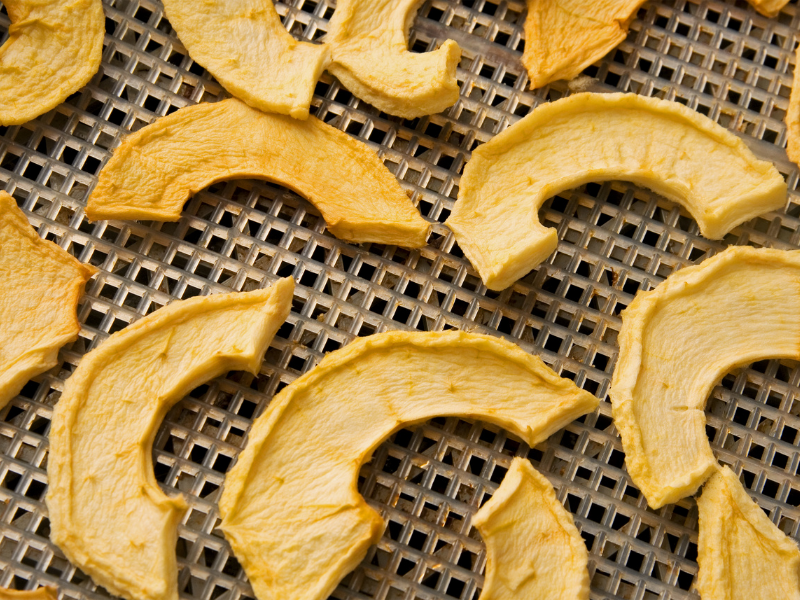
The sun is a great way to dehydrate apples without using any electricity.
Start by peeling and slicing the apples into thin pieces, then arrange them on a baking sheet in a single layer.
Place the tray outside, where it will be exposed to direct sunlight for several hours until they are dried up and crisp.
The sun oven is an excellent way to make delicious apples without electricity!
Get More How to Broil Hamburgers Without a Broiler Pan
2. Using a Microwave
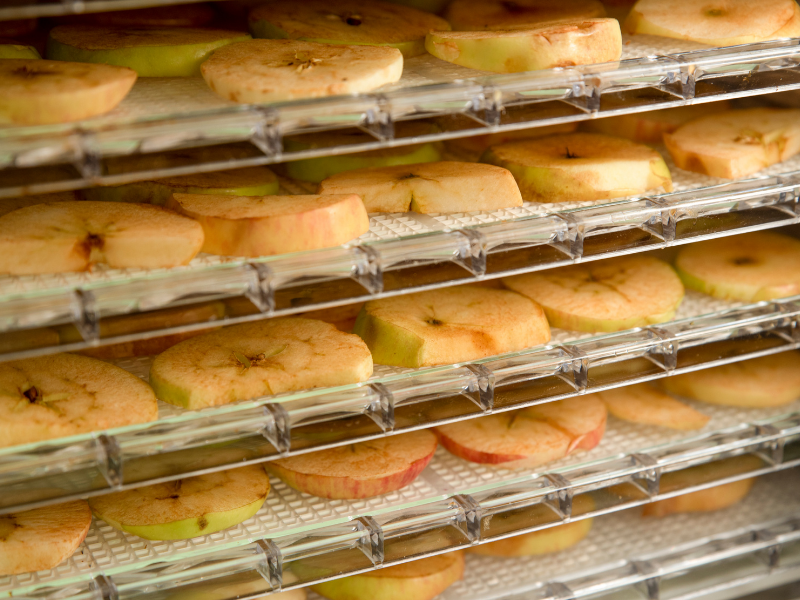
If you’re looking for a quick and easy way to dehydrate apples, the microwave is your best friend. Start by peeling and slicing the apples into thin pieces.
Next, please place them in a single layer on a microwave-safe plate and cook on high for two to four minutes until they are slightly browned.
Let them cool before eating. This process only takes a few minutes, and the result is delicious dried apples that are perfect for snacking on the go.
Check Out How to Broil Chicken Without a Broiler Pan
3. Using an Oven
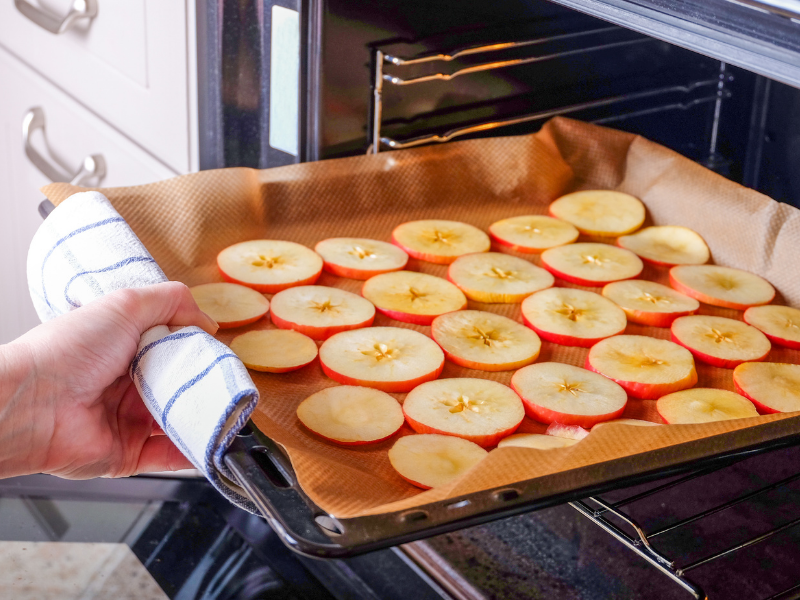
If you don’t have a microwave, an oven is the next best thing for dehydrating apples quickly and easily. Start by preheating your oven to 200 degrees Fahrenheit.
Now, line a baking sheet with parchment paper and arrange the apple slices in a single layer on top.
Bake the apple slices for two to four hours or until they are completely dehydrated and crispy. The baking sheet will collect any excess apple juice, which you can pour over the finished product for a slightly sweeter taste.
Get More Easy Ways to Thicken Your Hollandaise Sauce
4. Using a Slow Cooker
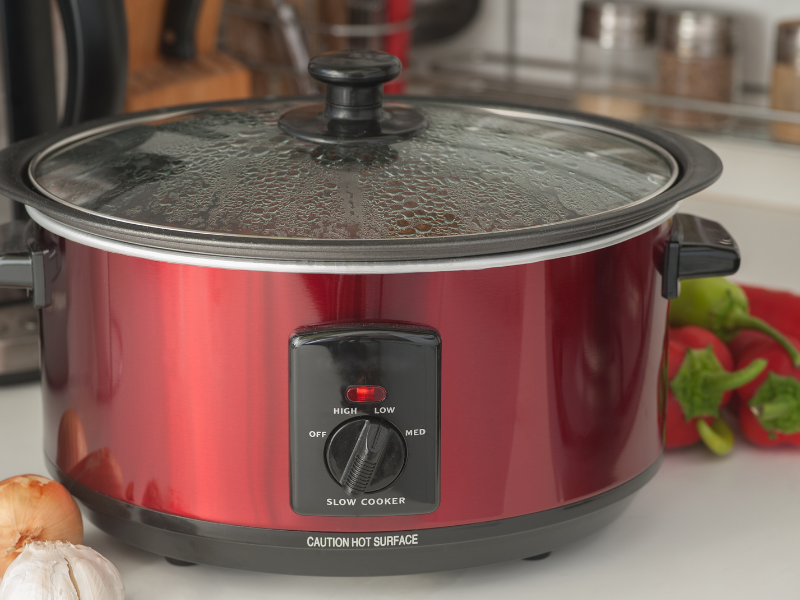
If you’re looking for a low-maintenance way to dehydrate apples, the slow cooker is your best bet.
Peel and slice the apples into thin pieces, then place them in the slow cooker on low heat for six to eight hours or until they are completely dried out.
Once they’re finished, pour any excess juice over the apples for a sweet treat.
Get More Easy Substitutes for Gelatin in Cheesecake
5. Using a Vacuum Sealer
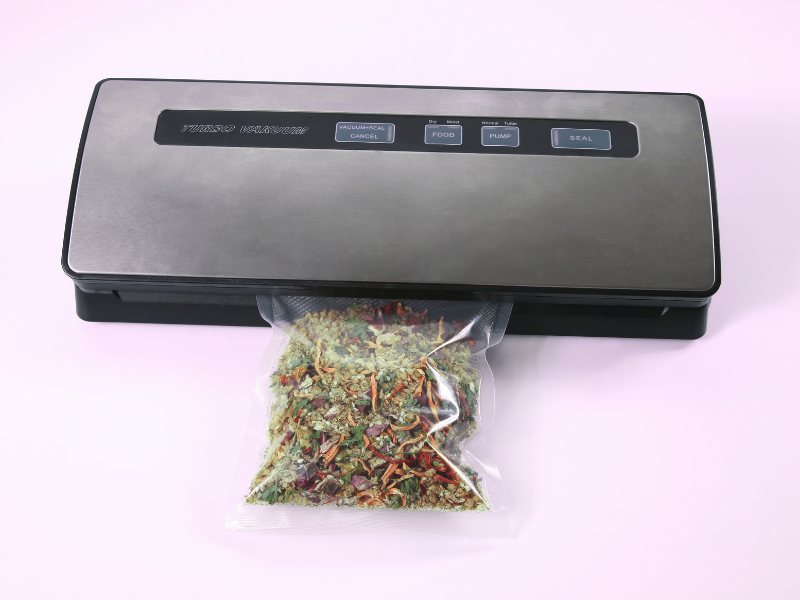
If you’re looking for a foolproof way to dehydrate apples, using a vacuum sealer is the best option. This process will prevent them from absorbing any excess moisture and help them stay crispy for longer.
Start by peeling and slicing the apples into thin pieces.
Next, place them in a vacuum seal bag and suck out all the air.
Finally, cook them in the microwave on high for two to four minutes or until they are browned. Let them cool before eating.
Check Out Great Ways to Steep Loose Tea (Without an Infuser)
6. Using a Sun Oven
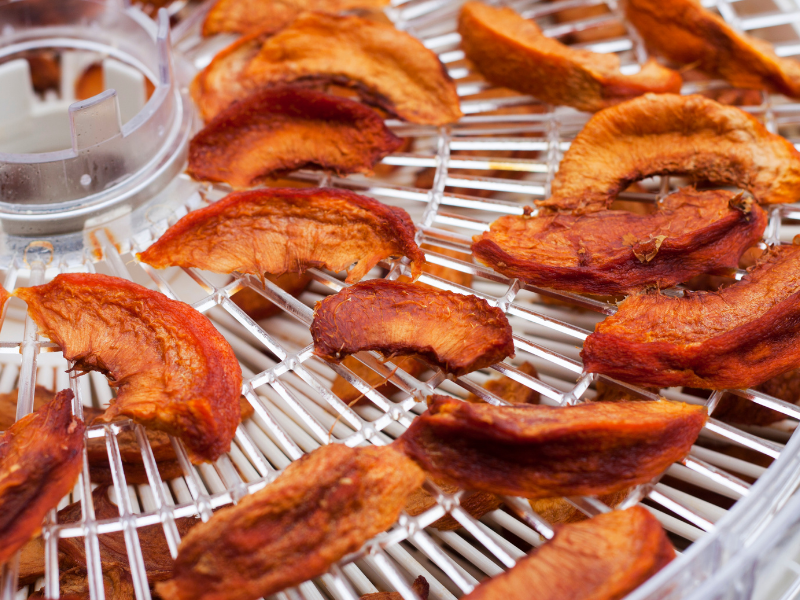
If you’re looking for an environmentally-friendly way to dehydrate apples, the sun oven is a great option. This oven uses the sun’s power to cook food, making it an excellent choice for those who want to reduce their energy consumption.
Start by peeling and slicing your apples into thin pieces.
Arrange them on a baking sheet in a single layer, then place the tray outside, where they will be exposed to direct sunlight for several hours until they are dried up and crisp.
The sun oven is an excellent way to make delicious apples without electricity!
Conclusion
You learned how to dehydrate apples without using a traditional dehydrator in this article. We hope that these methods will help those who don’t have access to a home appliance and want to experiment with making dried fruit at home!
If you enjoyed this post, please share it on social media or email your friends about it to try out one of these techniques for themselves. Thank you for reading our blog post today!

